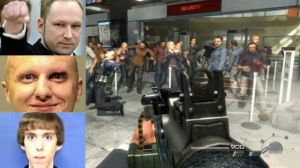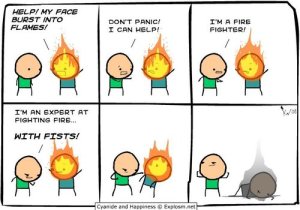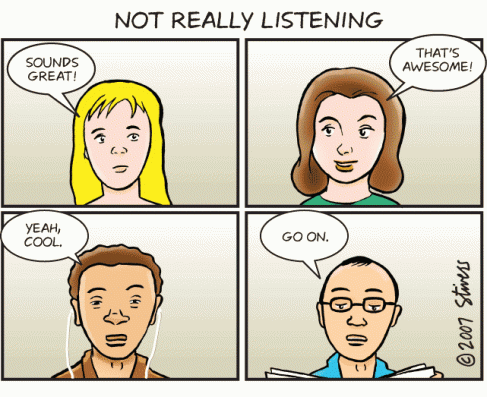In the book, Persepolis part 1, Marjane, the author of the book and little girl in the section of the book, talks about what it was like growing up in Iran during the Islamic Revolution. She takes the reader back as she relives what it was like during the era of the veil. She mentions that there were people that did not want to wear the veil and how there were demonstrations that involved people that were for and against the wearing of the veil. She also mentioned beforehand that in 1980, the wearing of the veil became a requirement at her school. Marjane talked about how at her school the students did not want to wear the veil because they did not understand its purpose. She mentioned that she did not know what to think about the veil. This was evident because she mainly talked about what was happening around her during the time of the veil. She didnt really give her own opinion on the matter.
I feel that Marjane uncovered some history behind the wearing of the veil in Iran for many people, including myself. I had no idea as to why the veil was worn in that part of the world. Most people assume that everyone who wears a veil, does so for religious reasons, which is probably the case in today’s society. She made it clear that it was the result of the Cultural Revolution. She also uncovered some things that many people would like to know. For instance, i always knew that there had to be people that were opposed to wearing the veil, as well as many other cultural things. And how there must have been some sort of conflict during this era regarding the changes. I found this section of the book very interesting because i felt as if the author was very transparent and unafraid to let the readers know and get a glimpse of life during the Revolution during the time of the veil.












